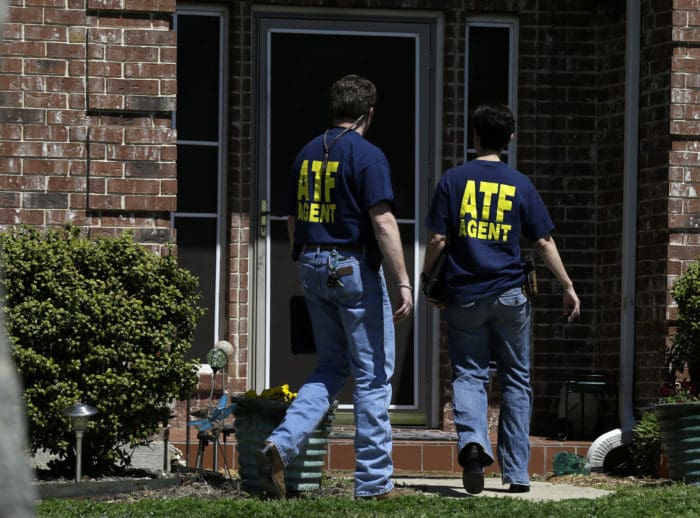As expected, the Department of Justice has announced proposed rulemaking that would regulate braced pistols as short barrel rifles under the National Firearms Act. As the DOJ’s press release states . . .
The department issued a notice of proposed rulemaking that would make clear that the statutory restrictions on short-barreled rifles apply to pistols that are equipped with certain stabilizing braces and intended to be fired from the shoulder. The National Firearms Act imposes heightened regulations on short-barreled rifles because they are easily concealable, can cause great damage, and are more likely to be used to commit crimes. But companies now sell accessories that make it easy for people to convert pistols into these more dangerous weapons without going through the statute’s background check and registration requirements. These requirements are important public safety measures because they regulate the transfer of these dangerous weapons and help ensure they do not end up in the wrong hands. The proposed rule would clarify when these attached accessories convert pistols into weapons covered by these heightened regulations.
According to the ATF’s “factoring criteria” for what will constitute a SBR, the new rules would only regulate braces that have “objective design features and characteristics” that make it clear the braced pistol was designed to be shouldered.
The ATF says . . .
This proposed rule would not affect “stabilizing braces” that are objectively designed and intended as a “stabilizing brace” for use by individuals with disabilities, and not for shouldering the weapon as a rifle. Such stabilizing braces are designed to conform to the arm and not as a buttstock.
OK. If the proposed rule is approved, would this be regulated under the NFA? . . .
Would this? . . .
The proposed rule outlines the factors ATF would consider when evaluating firearms equipped with a purported “stabilizing brace” to determine whether these weapons would be considered a “rifle” or “short-barreled rifle” under the Gun Control Act of 1968, or a “rifle” or “firearm” subject to regulation under the National Firearms Act.
The ATF says the new rulemaking would . . .
-
- Amend the definition of “rifle” in 27 CFR 478.11 and 479.11, respectively, by adding a sentence at the end of each definition to clarify that the term “rifle” includes any weapon with a rifled barrel and equipped with an attached “stabilizing brace” that has objective design features and characteristics that indicate that the firearm is designed to be fired from the shoulder.
- Set forth a worksheet “Factoring Criteria for Rifled Barrel Weapons with Accessories commonly referred to as ‘Stabilizing Braces,’” ATF Worksheet 4999, to aid the firearms industry and public in understanding the criteria that ATF considers when evaluating firearm samples that are submitted with an attached “stabilizing brace” or similar component or accessory.
The devil will, of course, be in the details of those criteria. How clear and objective will they be? Will they be objective enough for a manufacturer to design, build, and market a brace without risk of it being declared that it’s “designed to be fired from the shoulder?” We shall see. But bet on whatever “objective standards” they publish to have enough wiggle room to give the ATF plenty of room to maneuver in virtually any situation.
Again, as with the proposed regulation of 80% lowers and “ghost gun” kits, the public will have 90 days to comment on the proposed new pistol brace rules once the language is published in the federal register.
In addition, the DOJ also published “model legislation” for states to uses in writing their own “extreme risk protection order” or “red flag” firearm confiscation laws.
The department also published model legislation and detailed commentary that will make it easier for states to craft “extreme risk protection orders” authorizing courts to temporarily bar people in crisis from accessing firearms. By allowing family members or law enforcement to intervene and to petition for these orders before warning signs turn into tragedy, “extreme risk protection orders” can save lives. They are also an evidence-based approach to the problem. The model legislation, developed after consultation with a broad range of stakeholders, provides a framework that will help more states enact these sensible laws.
You can read the DOJ’s proposed red flag language here. For an indication of the POV of those who wrote this thing, the DOJ’s ideal “red flag” law language would allow the confiscation order to be renewed an infinite number of time, effectively disarming the target of such an order for life.
How many gun industry “stakeholders” do you suppose the DOJ consulted when drawing this up?
